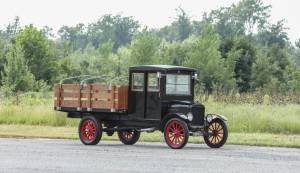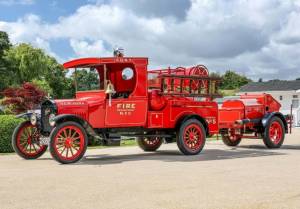Ford Model T Classic Cars for Sale
The Ford Model T, produced from 1908 to 1927, revolutionised personal transport with its affordable price and robust engineering. Its simple controls, adaptable body types and global reach made it the leading car of its era.
Search results
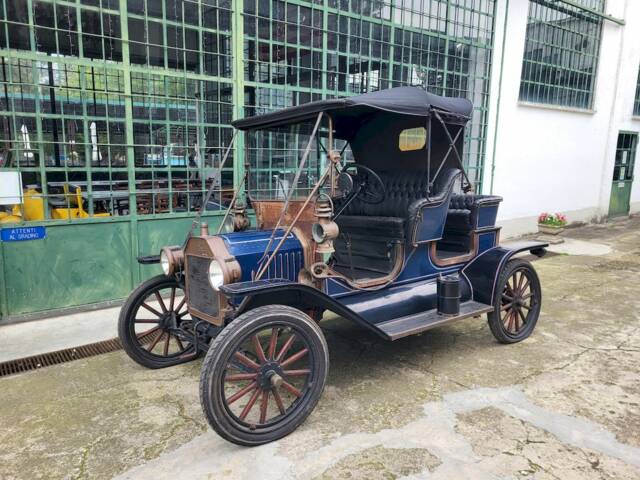

1919 | Ford Model T
1919 Ford Pickup Truck

1925 | Ford Model T Firetruck
1925 Ford Fire Truck
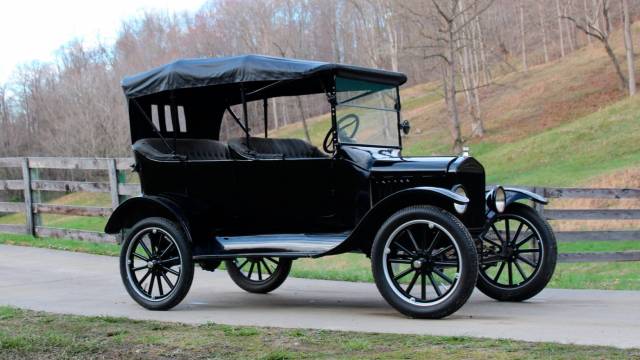
1920 | Ford Model T Touring
1920 Model T Touring
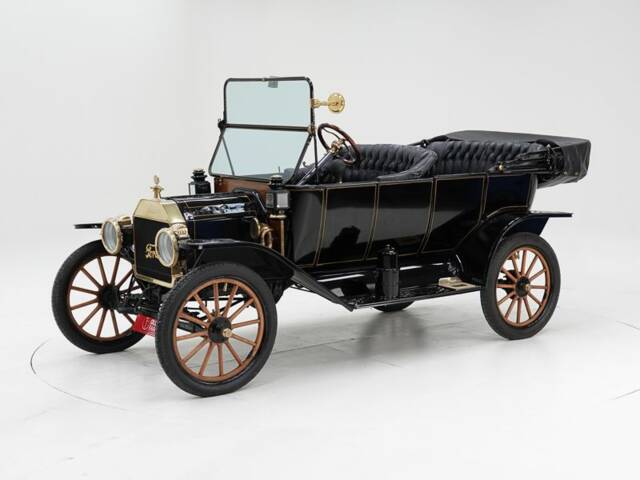
1913 | Ford Model T Touring
1913 Ford T Touring Brass '13

History of the Ford Model T
The Ford Model T entered production on 1 October 1908 and marked a fundamental turning point in automotive history. Developed by Joseph A. Galamb, Eugene Farkas, and Childe Harold Wills, under the leadership of Henry Ford, the Model T democratised driving for millions. Efficient assembly line techniques enabled Ford to dramatically reduce production time—by the 1920s, around 9,000 units left the line daily. Over 15 million Model Ts were built, making it the most produced car worldwide until surpassed in 1972. The Model T was known as the "Tin Lizzie," and its appeal rested on easy maintenance, minimal specialised tools, and broad accessibility. In 1999, it was named the most influential car of the 20th century. Export and local assembly in locations as diverse as Manchester, Canada, Germany, and Japan underlined its global importance.
Model History and Evolution
The Model T replaced the Ford Model N and marked Ford's move from hand-built to mass-produced automobiles. While the core mechanical design—4-cylinder L-head engine, 2-speed planetary gearbox, and rear-wheel drive—remained largely unchanged from 1908 to 1927, the range of body styles expanded significantly. Early variants included 2-seat Roadsters and 5-seat Tourers; later, Ford offered Coupés, Sedans, Pickups, Vans, Fire Trucks, and even Speedsters. Ford’s innovation extended to the market: assembly plants outside the USA enabled worldwide reach, and chassis could be easily adapted to meet customer and regional needs. The successor to the Model T was the Ford Model A, introduced in 1927.
Highlights and Notable Features of the Ford Model T
Ford’s Model T stands as the first real people's car, not just in America but worldwide. Its key highlights include:
- First vehicle mass-produced using moving assembly lines.
- Vast array of body types: everything from open Tourers to commercial vehicles, including chassis for custom conversions.
- Rugged chassis with vanadium steel, lightweight but strong for tough roads.
- Unique transmission: 2-speed planetary gearbox with pedal control, no separate clutch or lever necessary.
- Reputation for easy servicing – spares widely available, many minor repairs requiring only basic tools.
- Famous for single-colour policy: from 1915 to 1925, all cars were painted black, leading to the maxim: “Any colour as long as it’s black.”
Technical Data
Special Editions and Collectible Models
The Model T’s variety lies in its extensive list of official body styles – Touring, Runabout, Roadster, Sedan, Town Car, Pickup, Van, Woody, Speedster, and others. Particular special interest attaches to:
- Speedster conversions: lighter bodies for racing and sporting use;
- Commercial chassis-based models (fire engines, vans, agricultural tractors);
- Brass Era cars (early models with brass radiators up to 1917) are highly valued for their craftsmanship and visual appeal;
- 1926–27 models featuring major updates such as bumpers, wire wheels, and relocated ignition coils.
Weak Spots and Maintenance Considerations
Maintaining a Model T requires respect for its simplicity and age. The original design did not include front-wheel brakes, fuel and water pumps, or oil filters, requiring owners to understand basic manual lubrication and gravity-fed fuelling. Conversion parts and technical upgrades (such as accessory brakes or more reliable ignition) are available, but originality is highly valued by many owners. Thanks to the model’s historic supply, replacement parts and specialist services are widely available, and maintenance can often be carried out with ordinary workshop tools.
Engine and Performance, Transmission and Handling
The Model T’s 20 hp engine provides steady torque and enough power for moderate speeds. The transmission is unique—operated by pedals rather than a conventional clutch and gear lever—requiring adaptation for modern drivers. Standard cars top out at around 68 km/h; variants exist for higher performance (such as Speedsters). Suspension is by transverse leaf springs, giving a comfortable yet simple ride by the standards of the time. Steering is direct, and the tall wheels and narrow track make it apt for rough, unpaved surfaces. Braking is limited to the rear wheels only, so stopping distances surpass modern expectations.
Popular variants include the Touring, Runabout, Roadster, and rare commercial or Speedster conversions, each reflecting a specific use or period adaptation. Early brass radiator cars and the final 1926–27 improved versions are especially collected.
Interior, Comfort, Exterior, and Design
The Model T’s body sits atop a high, ladder frame chassis, with design cues drawn from early 20th-century carriages. Brass fittings on early models make for a striking look, evolving to black-finished hardware post-1917. The interior is stark: basic seating, leather or leatherette, and minimal instrumentation. The car’s simplicity extended to its controls: hand throttle and spark advance levers on the steering wheel, pedal-operated gears, and a central handbrake. Variants featured both open (Touring/Runabout) and closed bodies (Sedan/Town Car). Optional extras included detachable tops (notably the “One Man Top” introduced in 1917), accessory lighting, and aftermarket comfort features such as heater units or more elaborate upholstery.
Other Noteworthy Features
The Model T has left a unique cultural imprint: its presence in literature and film, the origin of numerous owner clubs, and a thriving scene for period-correct restoration and rallies. Many Model Ts saw extended second lives as hot rods, tractors, and converted trucks—testament to their adaptable platform and durable engineering.
Summary
The Ford Model T’s combination of affordable ownership, mechanical robustness, and historic significance firmly established it as the car that made mass mobility possible. Its technical principles influenced generations of vehicles. Today, the Model T enjoys vibrant ongoing support among enthusiasts and remains a regular at vintage car rallies and shows worldwide.

